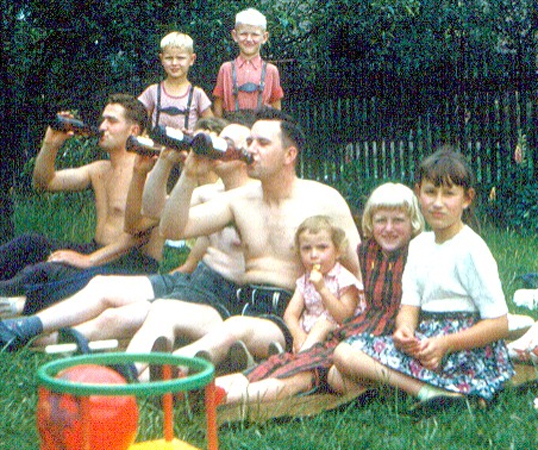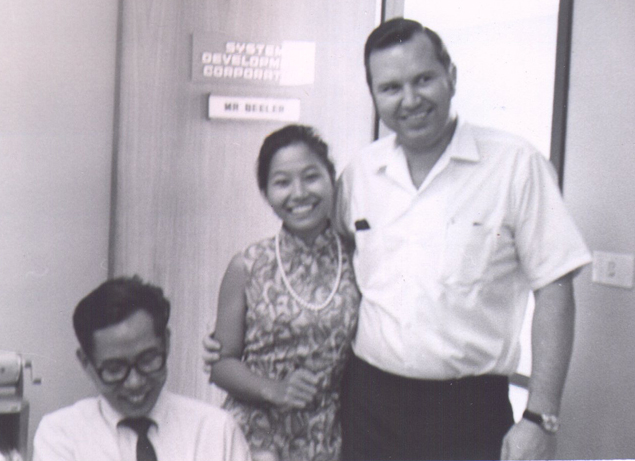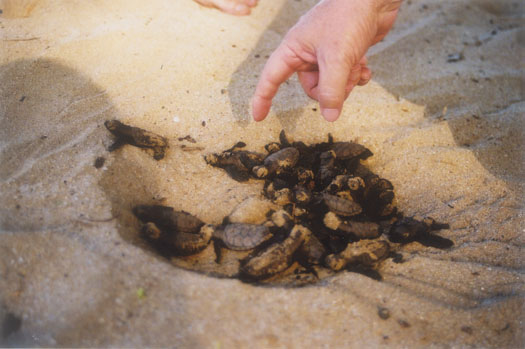PARALLEL UNIVERSES
The little black dog stopped at a right angle to the sidewalk. He was totally alert, with eyes, ears, and nose all doing their thing. He stared across the street while his poop-collector stood and waited. He was oblivious to my approach and he paid no attention to my greeting to Barbara or the ensuing conversation. She told me Pancho Villa loved to detect and observe birds and he probably had one in his sights. We both looked and looked, but never did see what he saw.
I went on with my walk, but the incident kept returning to my thoughts. I finally realized that Pancho Villa and I lived in parallel universes. The chain of thought went on to other examples.
I was playing golf one day with a friend who lived in the same condo complex where I live. We played the course that surrounds the complex so we didn’t have far to go to get to the clubhouse. As we were standing on the sixth tee, my friend said “Do you hear that?” Once he had called my attention to it I heard a motorcycle roaring some distance away. He said that was his friend and he would recognize the sound of his bike anywhere. Like Pancho Villa, my friend was attuned to a different universe than I was. The roar would never have penetrated my consciousness without his alert.
Years ago we used computer time on the facilities of a large aerospace company. Being contractors, we typically got the 2-4a or 4-6a time slot. They let us use desks in a huge building. This was before the time of cubicles so the room was wide open. Since we would have had to drive in morning rush hour if we tried to get back to our offices right after computer time, we just stayed on for a while and worked in the big room. Soon people started to arrive and then the hum of the business day began.
Where there are a large number of office workers, you can bet there is lots of infrastructure. This was no exception. Telephone and electric lines ran everywhere (this was before Internet or personal computers of course.) And there was constant need for troubleshooting and improvement. It was interesting to watch the techs who worked these issues. They had their ladders and tools and made their way back and forth between the desks as if the people were not even there. Two techs running a cable above the false ceiling yelled at each other across 44’ of people without regard for “the real business”. Ladders sometimes straddled desks or chairs with barely a by-your-leave. The techs and the office types lived in parallel universes, with little interaction.
I spent a couple of years in Germany in the Army and the universes there were quite clear and simple – there was the US military and the Germans. I am certain that a German would be able to identify *lots* more divisions, but from my point of view two was the number. I loved Germany and eventually had many good German friends. The universes were parallel, but there were many worm-hole intersections.

Pono tries that special “wasser” the Germans make
The couple of years I spent in Thailand were quite different. Three basic universes existed, with lots of subdivisions in each. There were the high-class Thai, the low-class Thai, and the farang (a Thai word for foreigner that included anyone non-Thai, but was applied primarily to Americans and Europeans).
We actually interfaced with both of the Thai main classes a lot. In the office, we hired and worked with the upper-class. At home, we hired the lower-class to cook, clean, and drive for us. The apartment building where we lived was all farang, and included Americans (US military and civilians), English, and Japanese.
Parties for our Thai employees usually took place at our house and we attended social events at a few of their places. Although the parties were always cordial and interesting, cultural differences were evident, and the Thai usually left quite early. American humor, razzing, sarcasm, subtleties of language, our gentle treatment (and overpayment!) of our maids, our drinking habits, etc., didn’t set very well with the upper class. We always ended up inviting the other farang residents of the building to an “after-the-Thai-party-party”.
We had two maids who were sisters and everyone else in the building had at least one maid. They all had quarters on the roof of our 6 story building. One time the maids invited all of us farangs to a party on the roof. That too was cordial and interesting. The drink offered was beer mixed with Coke and not surprisingly, there was not a lot of beer. The food was local and quite good – after all, there were many #1 maids there whose main job was food procurement and cooking.
The three universes in Thailand impinged upon each other but didn’t make much of a dent.

Dr. Udom, linguist – Helen, computer operator – Pono, impinging
When I moved to Hawaii, I resolved to get into the local universe. I took Hawaiian language lessons – mostly so I could pronounce street and place names properly, but also so I could converse with any local who had the patience. I joined a senior bowling league and also an evening mixed league, with hopes of meeting locals.
The Hawaiian language lessons went well – I learned about 400 words and 3 or 4 sentence structures. I found that I could read the little paragraphs in the training book quite well. I learned that haole is a term applied, sometimes derisively, to all non-Hawaiians, but mostly to Americans and Europeans. However, I never found a single person outside of the class who would admit to knowing enough Hawaiian to attempt conversation!
The mixed bowling league was similar to mainland leagues except that people managed their averages blatantly. There were about equal locals and haoles and the two pretty much lived in their separate universes.
The senior league held some hope. There were four haole women and only two of us men – all the rest were locals. I got friendly with everyone and really enjoyed the Sunday mornings with them. Then one day when I got there, everyone seemed kind of listless. After a while, I learned that there had been a wedding on Saturday – the daughter of one of the bowlers. Seems like everyone had been invited – except the haoles.
There were only two bowling alleys on Maui and one was pretty ancient. Then the better one that I patronized went bankrupt and I just couldn’t see trying the other one, so I quit.
Since those attempts at breaking in, I’ve learned more about the universes of Maui, and there are many! Probably the big four universes are locals who were born and raised here, haoles who are residents (like me), haoles who own but only spend small parts of the year here (like Oprah), and tourists (like yuk). Although the locals were all born here, they include those with Hawaiian blood (not a whole lot of them), then Japanese, Portuguese, Chinese, and many other national origins. Other sub-universes of locals are defined by religions, home areas, economic levels, employment, etc. The Maui local universe is NOT homogenous!
Since retiring, I spend virtually all of my time in the haole resident universe. This is not so much by choice. I bounced against the local universe, but I bounced back. The part-time haoles are never here long enough to bounce with. And of course, as much as possible I try not to bounce against the (yuk) tourist crowd!

The hand of Pono interfaces with the Maui hawksbill universe
[Visitor number
]